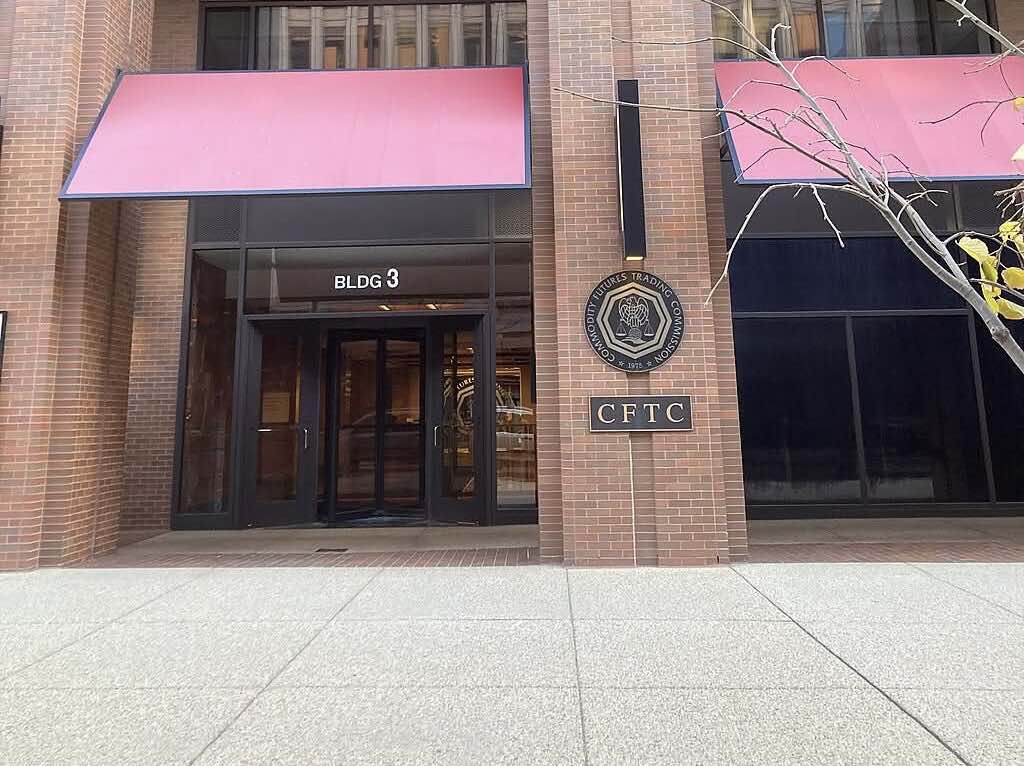China appears to be ahead of the pack in the central bank digital currency race. The People's Bank of China, the country’s central bank, has already tested its CBDC pilot also known as the digital yuan in a variety of scenarios such as salary payments, traditional lotteries, and e-commerce.
This week, the PBOC is testing the digital yuan in another segment of the financial services industry. The first digital yuan insurance policies have been issued in the city of Shenzhen, a move that is seen as another step towards the broader deployment of China’s CBDC, according to Global Times.
The digital yuan insurance policies were issued by the Shenzhen subsidiary of China’s leading insurer, Ping An Property Insurance. The Peoples Bank of China partnered with the insurance firm to pilot the CBDC in the insurance industry.
The new insurance policy is tailored for medical workers in the Nanshan district of Shenzhen and offers compensation for COVID19 diagnosis or death caused by the coronavirus. The insurance offers coverage of 300,000 yuan (around $46,400) for death from COVID 19, 50,000 yuan ($7,700) for medical workers diagnosed with COVID-19, and 50,000 yuan ($7,700) for accidental death.
Medical workers are encouraged to use digital yuan wallets when making their premium payments. They are eligible for an exclusive preferential allowance if they use such a payment method.
“As more users get used to making payments with the digital yuan and the market matures, the application scenarios will be able to expand from the insurance industry to more scenarios such as financial services, life services, and even the purchase of funds and trading in securities,” said Wang Peng, an assistant professor at the Gaoling School of Artificial Intelligence at the Renmin University of China.
While the current setup only covers the use of the digital yuan for insurance premium payments, Ping An Property Insurance plans to use the CBDC for other insurance-related transactions. The company will explore the possibility of using digital currency for insurance claims, payments, and other aspects of its insurance business.
























Comment 3